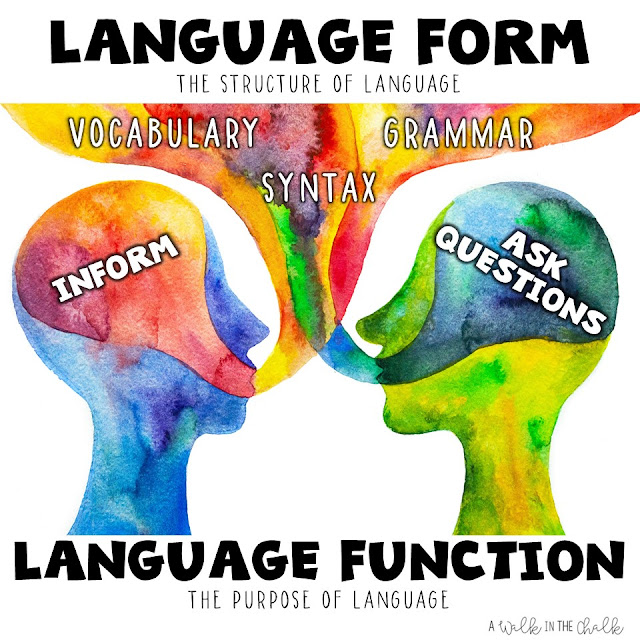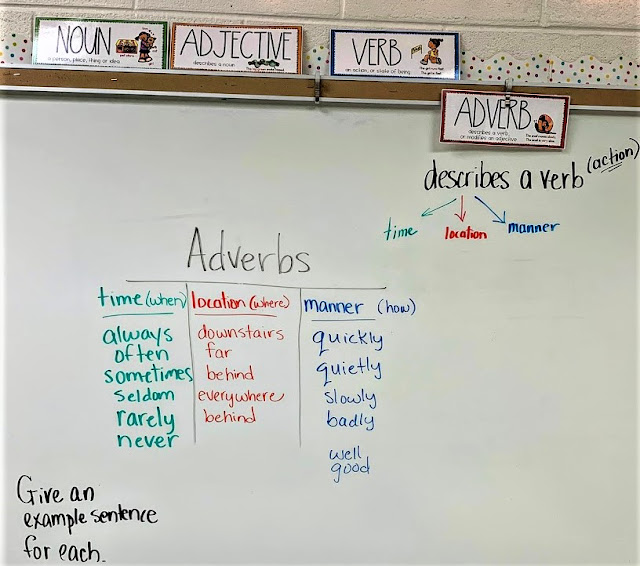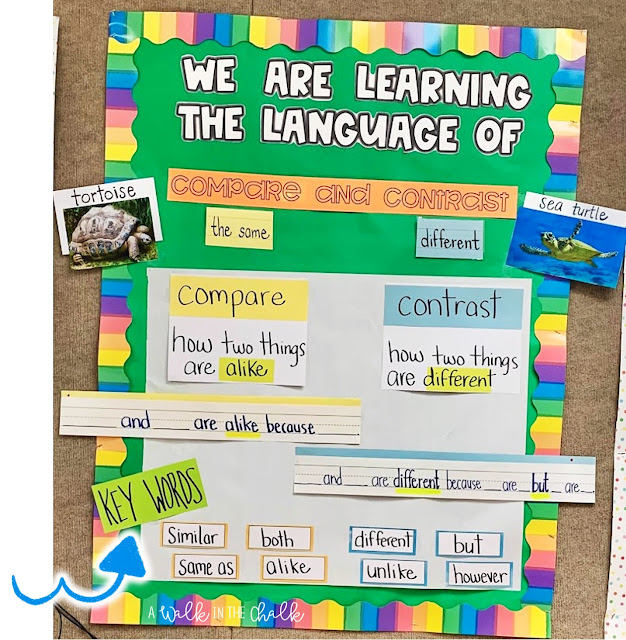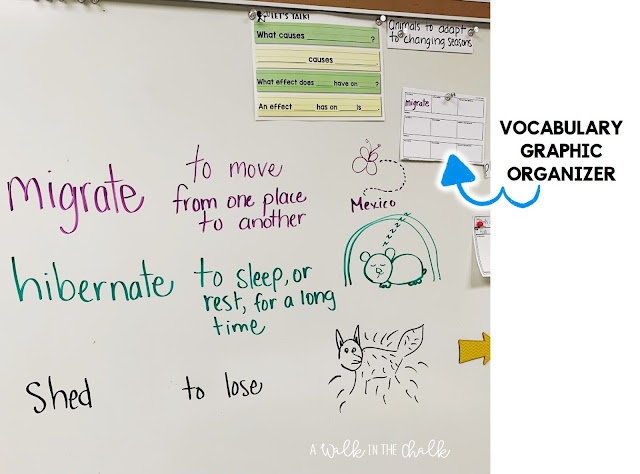If Language Functions were a car, then Language Forms would be the tires, gas, engine, steering wheel and all the other parts that make that car drive. Teaching language forms and functions has been the driving force (no pun intended, LOL) behind my English Language Development (ELD) instruction for several years and I love it! Students in every grade level, K-12 and beyond, use language functions across all content areas, so IMO, teaching Forms and Functions is an excellent way to build academic language and provide a pathway to language proficiency for English learners.
Language Forms
My previous post was all about teaching Language Functions. Well, Form and Function go hand in hand, so let’s dive into how Language Forms plays a role in ELD instruction.
With Language Functions being the PURPOSE of language, Language Forms is all about the STRUCTURE of language. For example, vocabulary, syntax and grammar all play key roles in how well a function performs.
As I plan out a language function unit, I think about what the end goal will be. Students will be speaking or writing, or sometimes both, so which language forms should I sprinkle into the unit to support students in reaching that end goal, aka, learning target?
For my compare/contrast unit, students need to use comparative and superlative adjectives, so I include a mini lesson on that skill.
After explicitly teaching the skill in a mini lesson on this day, students then applied their learning by reading this book and identifying comparative adjectives.
I then passed out some vocabulary cards of items to contrast. Students could work with a partner or independently to create sentences using comparative adjectives.
So, this is where my grammar lessons come from. I think about which aspects of grammar are needed for students to successfully use a given language function? Sometimes it’s DURING a unit that I realize my students need a particular structure, so I’ll add a mini-lesson and some practice as needed.
During a sequencing unit, I taught my intermediate students about adverbs of time, which expanded into adverbs of time, location and manner.

I’m planning out my cause/effect unit in this picture and thinking about the language my students might need to discuss seasonal effects on plants and animals. Mini lessons for this unit included negative contractions, conjunctions and verb tense.
Key vocabulary and phrases are also an important part of Language Forms. It’s that specific vocabulary that guides the language function. In sequencing, for example, students need to use words such as first, next, then, and finally, so I include these key words into in my instruction.
When practicing opinion writing, students learned key phrases that supported this language function.
For each language function unit, I always post a Language Board that includes many of the key words for that function.
Content vocabulary is also a consideration. Again, during the cause/effect unit, there were a few important terms students needed to know in order to discuss seasonal changes on animals, so I gave a mini lesson on some specific content vocabulary. It’s a great way to tie in content vocabulary from the grade level curriculum.
Incorporating Language Forms and Functions is awesome for the ELD classroom because it really helps guide instruction. Students need to be able to use expressive language to compare, persuade, sequence, describe, analyze, etc., so teaching them the language and structures that go with these functions is extremely beneficial, not only for English learners, but for all students.
You know I love to say, WHAT’S GOOD FOR ELLS IS GOOD FOR ALL!
If you’d like to read my previous post on Language Functions, it’s linked here!
I’ll also link some of the resources found in this post down below.Happy Teaching (Language Forms and Functions),

















